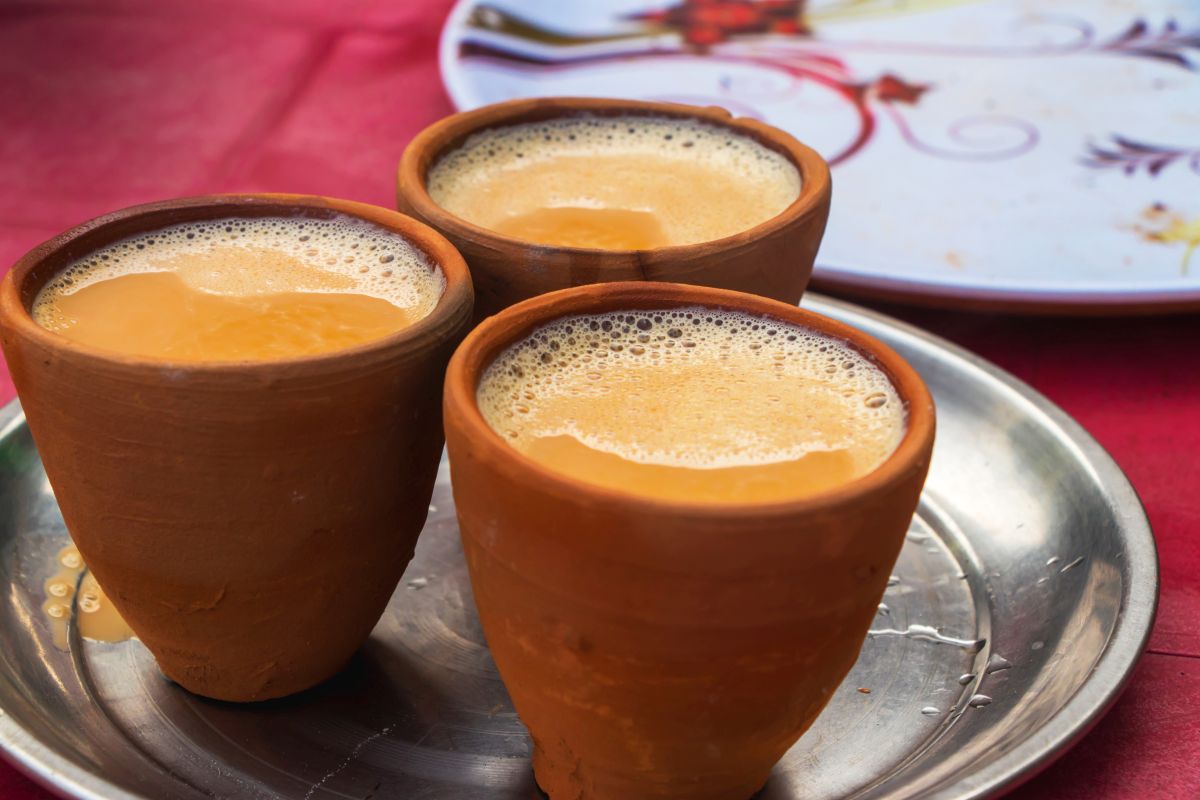Tea board forms working group to explore crop insurance
According to the Tea Board's announcement, the first meeting of this working group will take place on 16 July at its office in Kolkata.
Black, white and green tea are known varieties, but Indian consumers are now opening up to tea as a health drink too

(Photo: Getty Images)
Tea is the fuel that drives the majority of India’s billion-plus inhabitants. The country is not only the world’s second-largest tea grower, but also has the largest tea-drinking population in the world. In fact, about 81% of the tea grown in the country is consumed domestically. However, despite the prevalence of a strong tea culture in India, it is surprising to see that the per-capita consumption of this beverage is lower in comparison to various other European and Asian countries.
What makes the tea scene in India really interesting to observe is the variance of consumption patterns in terms of habits and quantity. A study conducted by the Tea Board of India revealed some interesting consumption patterns among Indian tea drinkers:
• About 80% tea drinkers in India consume it either with or before breakfast
• The eastern states of India especially West Bengal have a remarkably high tea consumption when compared to North, West or South India
• Tea is regularly consumed in about 64% of homes in India and by 96% of the family members residing therein
• More than 80% Indians prefer their tea with added milk
• About 70% of Indians prefer buying tea from local grocery stores
Advertisement
There is a significantly high awareness about tea across all regions of India. However, the quality of tea consumed in most areas is quite low. The reason behind this low price/low-quality preference is that tea is perceived by most as an essential daily consumption product and not an indulgent item.
There has, however, been a change in trend over the last decade or so. Green tea has rapidly emerged as a popular beverage cutting across regions and age groups, courtesy of the health benefits attributed to it. It has already assumed the first-choice position as a product in the health and wellness area. People in urban areas or places where non-milk tea is consumed higher than the national average, are well aware of the benefits green tea offers. In addition, other varieties such as white tea, pekoe and more have also garnered interest from consumers.
While about 75% of tea buyers in India purchase packaged tea, there were hardly any takers for it in the eastern parts of India where the trend was to buy loose tea leaves from roadside sellers. However, of late, things have started changing. The proliferation of smartphones, easy delivery of top-quality tea at home, and other factors have caused about a shift in terms of buying preferences with a boost to sales of packaged tea online.
Since it is easy to prepare and package tea, there is an emerging concept of ready-to-drink tea packaged on the lines of aerated drinks. This market is expected to grow by about 5% per annum, which is above the national average related to tea sector. Tea also gives the advantage of affordability and access, something that is being further leveraged by the emerging branded tea cafes.
Black, white and green tea are known varieties, but India’s consumers are now opening up to tea as a health drink too. The health-conscious 21st century Indian is increasingly responding to tea that offer health benefits as well as lending itself to new experiences. Teas boosting immunity and energy levels, having slimming benefits, aiding digestion & sleep among other benefits have become major selling points. Apart from this, tea now finds itself at the centre of experiential offerings as well with entire tea menus comprising variants flavoured with exotic ingredients such as wine, chocolate, floral elements and other flavours are the newest kids on the block. These are just the tip of the iceberg; an entire nation of consumers is becoming fascinated with this centuries old beverage as it is interpreted in new, exciting and exotic forms.
It would be unrealistic to expect India’s out-of-home tea market to compete with the European tea cafes. However, people are increasingly willing to go that extra mile to sample and own new flavours of gourmet tea. Several players have entered the market and introduced exotic tea blends such as bubble tea (a tea base mixed with either milk or fruit, depending on the variant, and a bunch of chewy tapioca pearls at the bottom).
The rise in disposable incomes in India, especially in the urban areas, and the abundant availability of tea varieties augurs well for tea’s future in India. The future will certainly see a lot of varieties of tea being offered over the counter – some innovative, some healthy and some limited edition. It is quite likely that tea will take over from coffee as a lifestyle drink that is more affordable and health friendly!
( Ambarish Ghosh, Founder and Director, The Hillcart Tales)
Advertisement